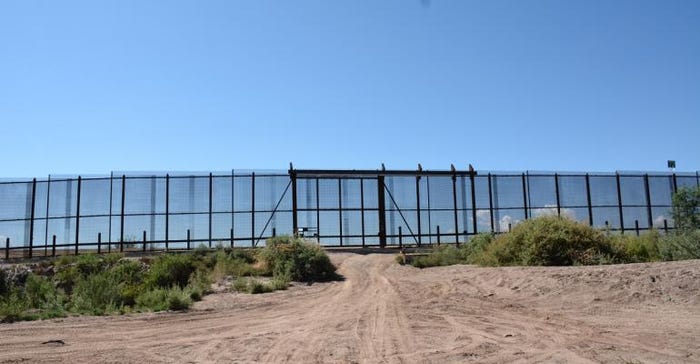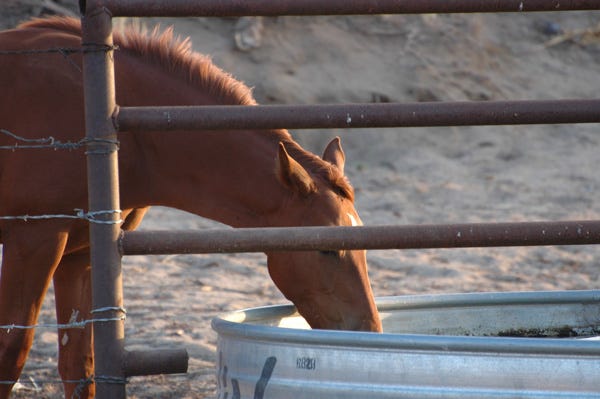Thanks to the beef checkoff, some New Yorkers get to experience life on a South Dakota ranch. That and more awaits you in this week’s trending headlines.

South Dakota cattlemen connect with New York consumers
"The sheer size and scope of some of our beef operations in places like South Dakota can sometimes be difficult for consumers in more densely-populated areas to really grasp," said Suzy Geppert, executive director, South Dakota Beef Industry Council (SDBIC). "This is a fantastic opportunity for us to showcase how today's family farmers and ranchers combine scientific advances with family tradition."
South Dakota beef producers are utilizing a long-standing partnership with the New York Beef Council to reach East Coast consumers with a positive beef message. Each year, the New York Farm Tour brings consumer influencers to rural areas. This year, two South Dakota beef producers will help provide insight into modern beef production in the more wide-open spaces of the Midwest, reports the Tri-State Livestock News.
Click here to read more about this checkoff-sponsored event.
OIE adopts first global strategy on animal welfare
Member countries of the World Organization for Animal Health (OIE) adopted the first global strategy on animal welfare on May 24, Feedstuffs reports.
Primarily endorsed in December 2016 at the Fourth OIE Global Conference on Animal Welfare in Guadalajara, Mexico, the strategy aims to achieve: “A world where the welfare of animals is respected, promoted and advanced in ways that complement the pursuit of animal health, human well-being, socioeconomic development and environmental sustainability,” OIE said.
Click here to read more about the four pillars upon which the OIE strategy is based.
USDA preparing for NAFTA renegotiation

Regardless of all the talk about how renegotiating U.S. trade deals can improve producer's profits, there is still a lot of concern being tossed around about how changing terms of international trade agreements—like the North American Free Trade Agreement (NAFTA)—will play out for U.S. agricultural producers, reports the Southwest Farm Press.
Canceling or renegotiating terms of NAFTA was a major campaign promise for Donald Trump, but even the most loyal of Trump supporters have quietly admitted they were not sure how much candidate Trump understood about the importance of NAFTA to U.S. farmers and livestock producers, and how upsetting the apple cart could have a long term negative impact on domestic agriculture production and the ag economy.
But as with so many other issues, President Trump has been well advised by scores of farm groups and key advisers since the election, including newly appointed agriculture secretary Sonny Perdue, and rumor has it that the White House has been reevaluating many ideas, such as a border tax, as they gear up to tackle renegotiating efforts with trade officials of both Mexico and Canada.
U.S. beef flying off shelves in Korea
Recently, on a trip to Asia representing the Cattlemen's Beef Board and Oklahoma's Beef Council, Brett Morris, a beef producer from Ninnekah, Okla., visited South Korea to tour facilities where beef products are shipped, stored and sold and build working relationships with leaders of the industry there.
"About a week or 10 days before we were there, (Costco) had announced that they were going to start selling 100% U.S. beef," Morris said. "Through that transaction, with that seven to 10 days, they said that their beef sales had went up 60%."
In addition to this revelation, workers that tend the meat counter at this store told Morris and the other delegates that on that day, between the time they opened their doors at 8:00 a.m. to their visit at 3:00 p.m. that afternoon, the meat cases had already sold out and had to be refilled three times.
Click here to read and listen to Morris tell more about the checkoff sponsored work in South Korea.
Start now to prepare for next spring’s calving season
Only one to two months ago the spring-calving cows were calving, the temperatures were colder and the calving pastures were covered with muck and manure. Experience would say that you do not want to ask cow-calf operators how calving is then, because the response would be less than objective, reflecting bone-chilling cold and not enough sleep.
If you wait too long, perhaps until this fall, time will have mellowed most of the events and one soon has difficulty matching a calving season with particular problems. Plus, it may be too late to make the necessary changes to reduce calving losses. Now is perhaps a better time to make a few notes on what to change for next year, reports the Angus Beef Bulletin.
Protect your horses and you against West Nile virus

Mosquito season is well underway, and with heavy rain and snowfall earlier in the year, mosquito habitats and breeding sites with standing water are abundant. Take precautions such as eliminating mosquito-breeding sites around houses and barns, using insect repellents to fight the bite and keeping horses vaccinated against West Nile virus (WNV) and Western Equine Encephalitis, rep[orts the Record Courier in Gardnerville, Nev.
"Vaccination is the best protection horse owners have for their animals," says JJ Goicoechea, the Nevada Department of Agriculture's state veterinarian. "Vaccinations, in conjunction with practices that reduce exposure to mosquitos, are very effective in protecting horses from WNV."
About the Author(s)
You May Also Like


.png?width=300&auto=webp&quality=80&disable=upscale)
